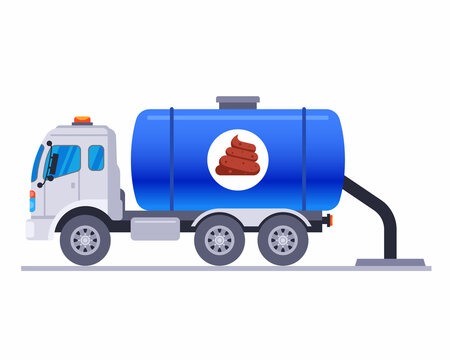How to manage water sustainably?
A remote home owner's perspective.
We wrote about the larger concept of water usage and management impact on the environment and society and would like to focus on water usage and treatment for populations who have no access to centralised water management systems in this one.
Where do remote places get water from?
Ground water
Rainwater
Snow
Lakes and rivers
Water trucks
What happens after we use water in our households?
After we use water, we produce two types of waste water: black water and grey water. Blackwater is wastewater from toilets, while gray water is wastewater from sinks, dishwashers, bathtubs, and washing machines. Blackwater is contaminated with disease carrying bacteria, while gray water has lesser contaminants.
The UN’s 2021 wastewater treatment report declares that 57% of wastewater (86% in the EU) from households runs into centralised sewage system where water treatment plants process waste water (mostly safely within the EU). What about the rest? 24% (10% in the EU) of wastewater is treated in septic tanks and 19% (3% in the EU) in other ways (mostly not at all).
There are several methods that are being used.
Septic tanks (24% worldwide, 10% in the EU)
Water treatment and natural absorption to the land
Septic systems are underground wastewater treatment structures which are used in areas without centralised sewage systems. All grey and black water runs to the septic tank where heavy solids (sludge) settle to the bottom of the tank while greases and lighter solids (scum) float to the top. The solids stay in the tank (and need to be sucked out every 2-3 years by a septic tank suction truck) while the wastewater is discharged to the drain field for further, natural, treatment.
Septic tanks are the most widespread form of wastewater treatment solution for single houses used across Europe. In countries like Ireland, France, Sweden and the UK, a septic tank is considered to only provide preliminary treatment (solid removal). This means that she septic tank suction truck is the only legal way to use septic tanks.
In other countries, the system typically comprises the septic tank itself which acts like a primary settling tank together with a draining area. A well-designed draining area with suitable ground conditions can provide the equivalent of secondary (bacterial decomposition), and tertiary (extra filtration) of waste water.
In addition, septic tanks as well as drain fields have a limited lifespan. Under normal conditions and good care, a leach-field will last for around 50 years and the buried septic tank buried will also eventually deteriorate (up to 40 years).
Holding tanks
A holding tank is another waste management system that is used by people living in rural areas. Also named a wastewater holding tank or black tank, these tanks differ from septic tanks as they do not have any pipes or filters which allows the wastewater to filter back into the soil. This means that there is a substantial amount more maintenance with a holding tank as the sewage suction truck would need to visit every 2-4 weeks.

Doing nothing
Doing nothing and letting the wastewater run to the soil, river, lake or sea, is on option used due to circumstances or ignorance.
Doing nothing or not treating water safely can result in people’s own water pollution and health risks. The Estonian Environmental Ministry ordered research for the quality of drinking water from wells that are not under the ministry’s constant supervision, which offer drinking water to 12% of the population. Only a third of the wells fulfilled all quality requirements, whereas the majority of water pollution was caused by the people themselves or their neighbours.
What to do to manage non-centralised wastewater safely and sustainably?
First of all, let’s use less water. There are many ways to do so.
Secondly, every homeowner should find the best way to treat wastewater.
Using septic systems can be an option, but:
- The ground needs to be suitable for tertiary water treatment (draining to the ground)
- Systems need to be well designed, installed, operated or maintained
- Need to consider population density. It is not a long-term solution for areas where densities exceed the treatment capacity of regional soils
Using holding tanks is certainly better in same areas than septic systems, but it is not a long-term solution for the environment as the sewage suction truck would need to pay a visit every few weeks (mostly to remote areas).
The one solution that has the lowest environmental impact is the closed loop wastewater management system which means reusing the greywater already used and considerably decreasing the average 51,000 litres of water we use per person per year. Read more about the closed loop wasterwater management sytem.


